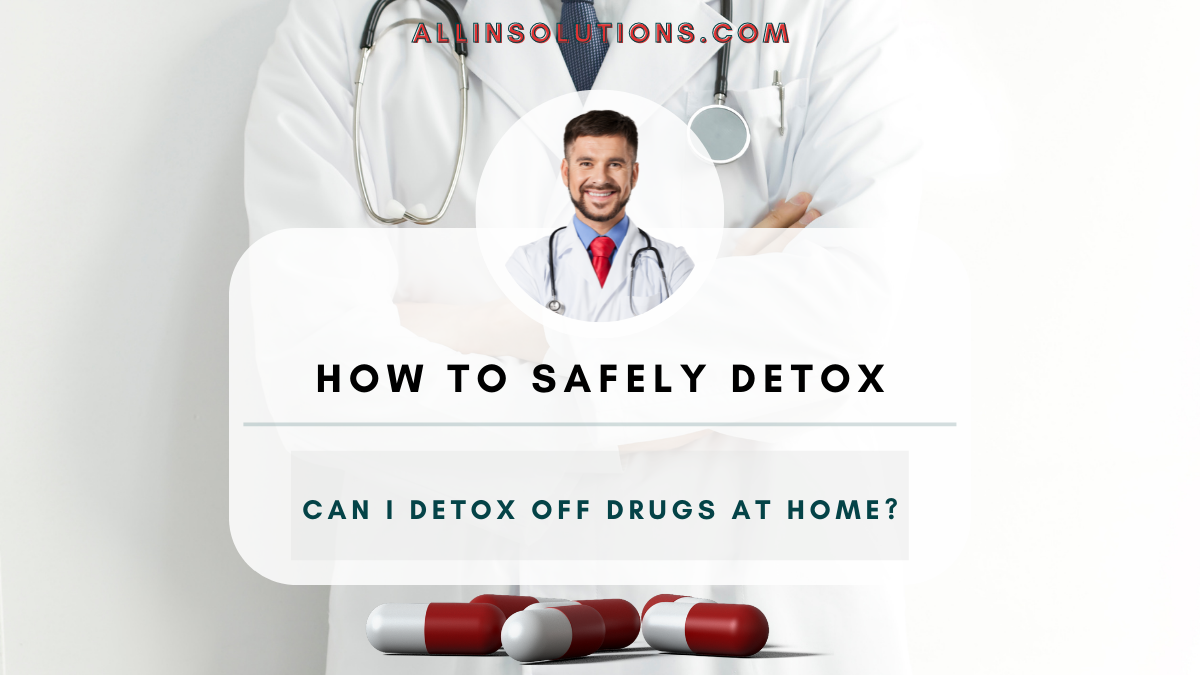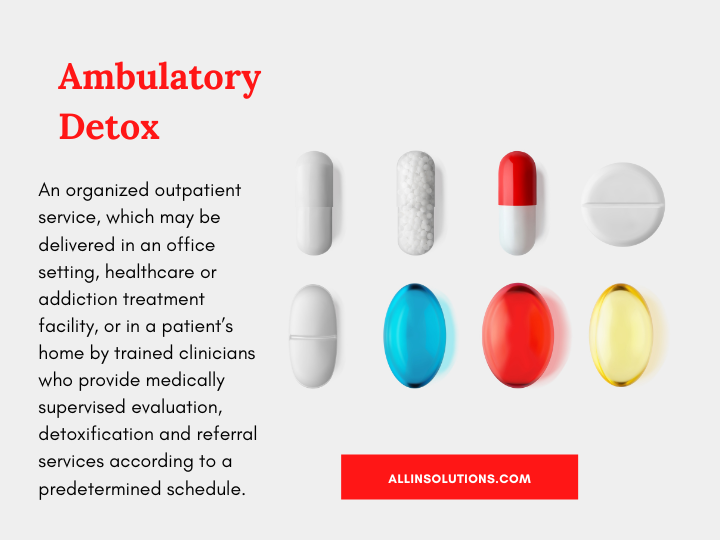How to Detox From Drugs at Home
When deciding how to detox from drugs at home, many people consider different factors. While most experts recommend that you undergo drug detoxification in a medically supervised facility, some people find that they can safely do so at home. Before attempting to detox on your own, be sure to follow these tips. Whether you go through a supervised detox center or self-detoxify at home, you should always have a friend or family member on hand who knows what to do if there is an emergency.
Thomas Recipe for opiate withdrawal
If you are addicted to opioids, you may be wondering how to stop using them. Fortunately, there are safe and effective methods to help you with this process, including the Thomas Recipe. This method involves taking prescription medications for opiate withdrawal. However, there are some disadvantages of this method, such as the difficulty of obtaining them legally. You should consult your doctor and addiction counselor before taking benzos or other prescription medications to stop opioid use.
While there are plenty of effective drug and alcohol detoxification methods on the market, the Thomas Recipe is a popular method for opiate withdrawal because it is designed to target the symptoms of opiate withdrawal. Although opiate withdrawal is dangerous and painful, the Thomas Recipe combines several over-the-counter medications and supplements with benzodiazepines, and claims to produce fast and safe drug detox. However, there are no clinical trials proving the safety and effectiveness of the Thomas Recipe.

Cost of medically supervised detoxification
Medically supervised detoxification is not cheap. It costs upwards of $1,300 a day for the most expensive treatment. State officials estimate that as much as 40 percent of that cost goes to profit. Even hospital executives acknowledge that the most expensive level of detox is a big moneymaker for hospitals. In New York, 80 percent of patients are treated at this level. And the cost of medically supervised detoxification is not only higher than at other hospitals.
Some drugs require maintenance therapies, such as buprenorphine. Others require mild medication management during detox. Supervising doctors may prescribe over-the-counter pain medications and antidepressants to alleviate withdrawal symptoms. The cost of medically supervised detoxification depends on a variety of factors. If the patient needs long-term medical care, the inpatient treatment may be more cost-effective. The average length of treatment for medically supervised detoxification is about a week.
Dangers of self-detoxification
Although the benefits of natural detoxification for drug addiction are many, they also have some drawbacks. For one, drug users with healthy bodies are not likely to experience dangerous withdrawal symptoms. Another, and potentially even more dangerous, drawback is that drug detoxification without medical support can result in relapse or overdose. Another problem is that people who self-detoxify from drugs or alcohol will experience an abrupt change in their body chemistry. This sudden change in behavior and mental health can be very difficult to manage. According to addiction professionals at All In Solutions, the safest and most effective way to detox from alcohol or drugs is in a medically-supervised setting.
Many people who try to detox themselves may not have the time, money, or the ability to consult with a medical professional. In addition, they may be embarrassed to seek help because they feel ashamed of their problem. This shame is often wrapped around low self-worth, stealing, and trouble staying in employment. If you try to detox yourself without seeking help, you may conclude that recovery is not worth your time.
Side effects of stimulant withdrawal
Despite the fact that stimulant withdrawal is a natural part of drug addiction, the process can cause some unpleasant side effects, including depression, anxiety, loss of energy, and decreased interest in activities. The symptoms of stimulant withdrawal usually fade within a week, but they can last weeks or even months, particularly in heavy users. However, the most dangerous side effects are the psychological ones. Prolonged withdrawal syndrome, or PAWS, can be severe and put the patient at risk of suicidal thoughts. During this period, a medical detox program may help the patient cope with the symptoms of withdrawal.
Stimulants include the daily cup of coffee, prescription medications, and illicit street drugs. These drugs boost the body's dopamine levels, which make the user feel awake and alert. However, this effect can lead to an addiction if the person continues to use the drugs. Detoxing from drugs that contain stimulants can be difficult, and many people seek substance abuse treatment. If this is the case, you need to understand the symptoms and the detox process.

